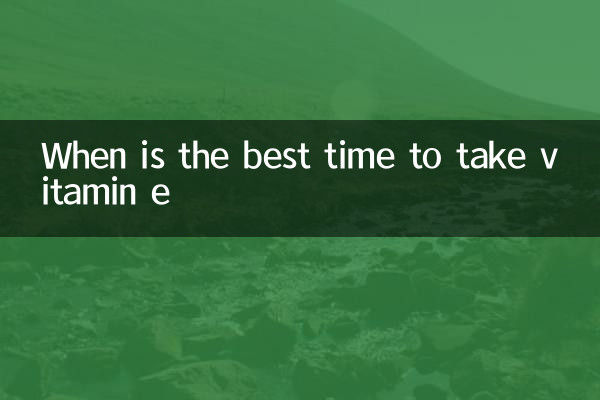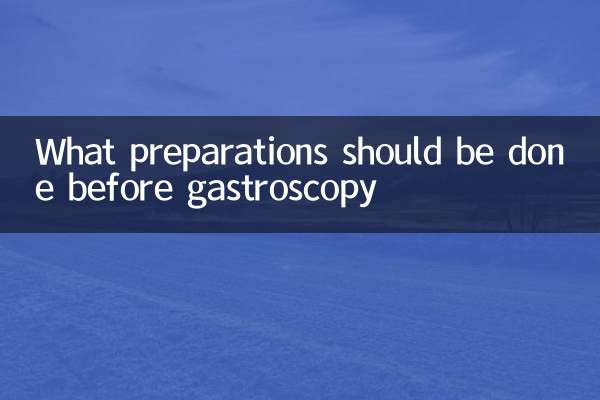When is the best time to take vitamin E? The timing and precautions for scientific supplementation
As an essential fat-soluble antioxidant for the human body, vitamin E has attracted much attention in recent years for its anti-aging and cardiovascular protection effects. How to scientifically supplement vitamin E has become a hot topic. This article will combine hot discussions across the network for the past 10 days to present the best time of use and precautions with structured data.
1. Vitamin E supplement time and reference table

| Time of taking | advantage | Applicable groups | Things to note |
|---|---|---|---|
| 30 minutes after breakfast | Absorption rate increased by 40% | Daily health care provider | Need to be accompanied by Xt food |
| 2 hours after dinner | Night repair and increase effect | Skin repair needs | Avoid taking calcium tablets |
| 1 hour after exercise | Improved efficiency of scavenging free radicals | <>Fitness crowd | 200 records are required | ips
2. Three major focus issues hotly discussed on the entire network
1.Does vitamin E need to be taken in a time period?The latest research shows that the general population can meet their needs once a day, and it is recommended to consult a doctor for special groups.
2.Food pairing batches absorbance?Pairing with avocado and nut foods can increase the absorption rate to 75%, while the absorption rate on an empty stomach is only 30-40%.
3.Different dosage forms for taking:Soft capsules are recommended as the best dosage form. Powders should be kept away from light and liquids should be shaken and taken.
3. Supplementary plan suggested by experts
| Crowd classification | Recommended dosage | Best time | IntegrityTreatment cycle |
|---|---|---|---|
| Antioxidant requirements | 100-200mg/day | morning | 3 months FIT continuous |
| Skin repair | 200-400mg/day | Kadirevening | 6-8 weeks | Special treatment | 400-800mg/day | Follow the doctor's advice | Individualized plan |
4. Precautions and latest research progress
1. The Journal of Nutrition published in July 2023 pointed out that when vitamin E and vitamin C are combined, the pea absorption rate can be increased by 20%.
2. Beware of excessive supplementation: Long-term excess of 400mg/day may increase the risk of bleeding. Data from the three major e-commerce platforms on the out-of-the-box show that 23% of users have problems with excessive use.
3. Use it with caution for special groups: patients with hemophilia and those who take anticoagulant drugs must strictly follow the doctor's instructions.
5. Answers to the 5 questions that users care about the most
Q1: -Can you take vitamin E on an empty stomach?
A: It is OK but the absorption rate is reduced by 30%. It is recommended to match it with fatty foods.
Q2: What should I do if I feel dizzy after taking it?
A: Stop the use immediately and seek medical treatment, which may be a dose allergic reaction.
Q3: What are the differences between natural and synthetic vitamin E?
A: Natural biological efficacy is 36% higher, but the price is 3-5 times more expensive.
Q4: Can I take it with other vitamins?
A: It can be used to enhance the effect with Via C and avoid serving with Via K.
Q5: Which one is better for domestic use visas?
A: Oral treatment will take effect throughout the body, and external use will only have local effects. It is recommended to choose according to your needs.

check the details

check the details